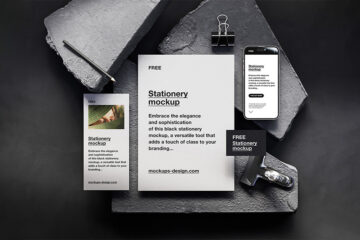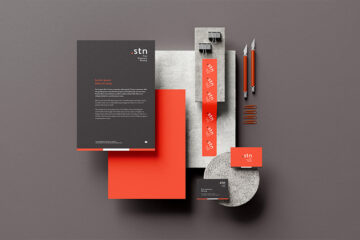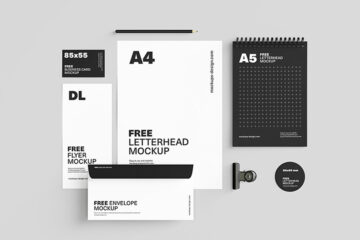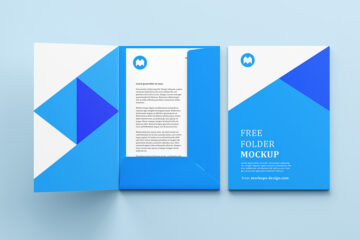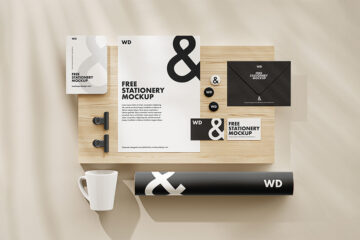In the dynamic realm of graphic design, creating visually appealing presentations is paramount. Stationery mockups emerge as indispensable tools, offering graphic designers the ability to showcase their work with unparalleled realism. In this blog post, we delve into the world of Stationery Mockups, exploring how these tools contribute to the creation of realistic visualizations for graphic designers.
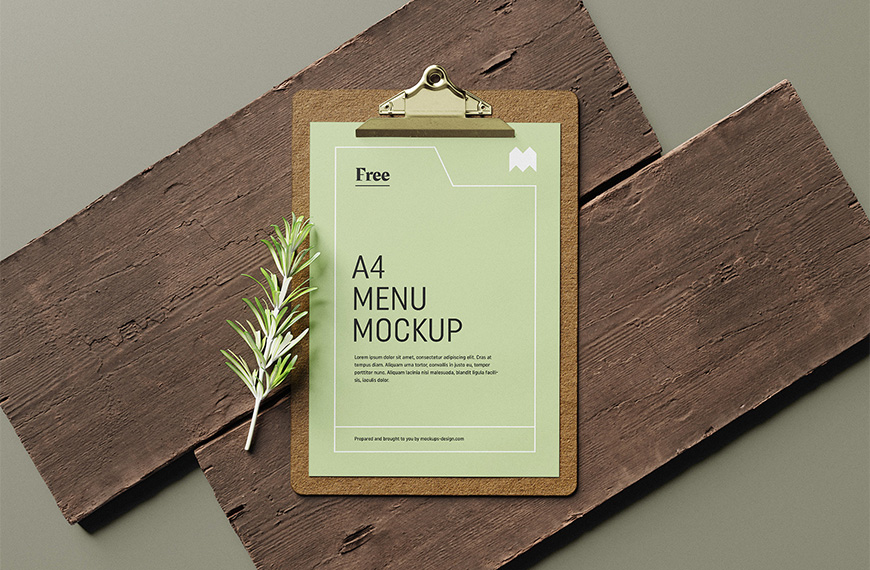
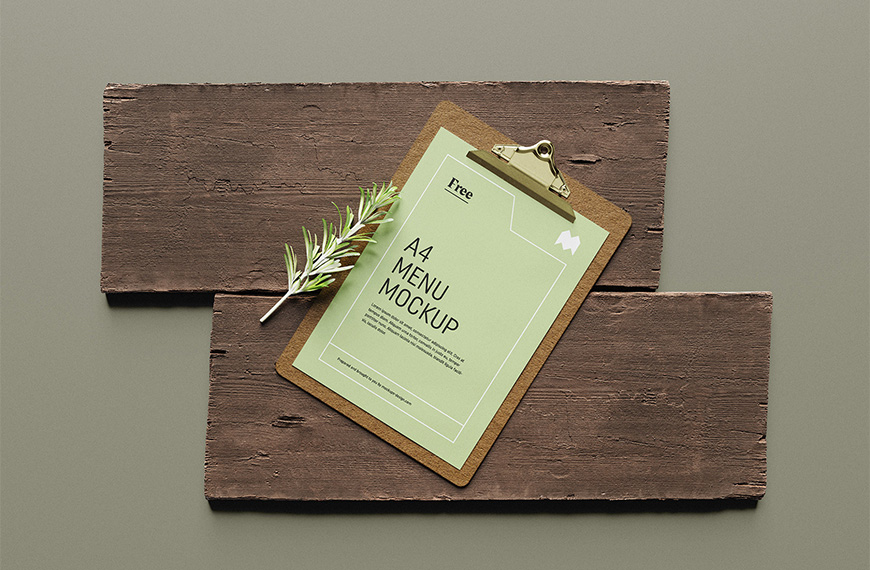
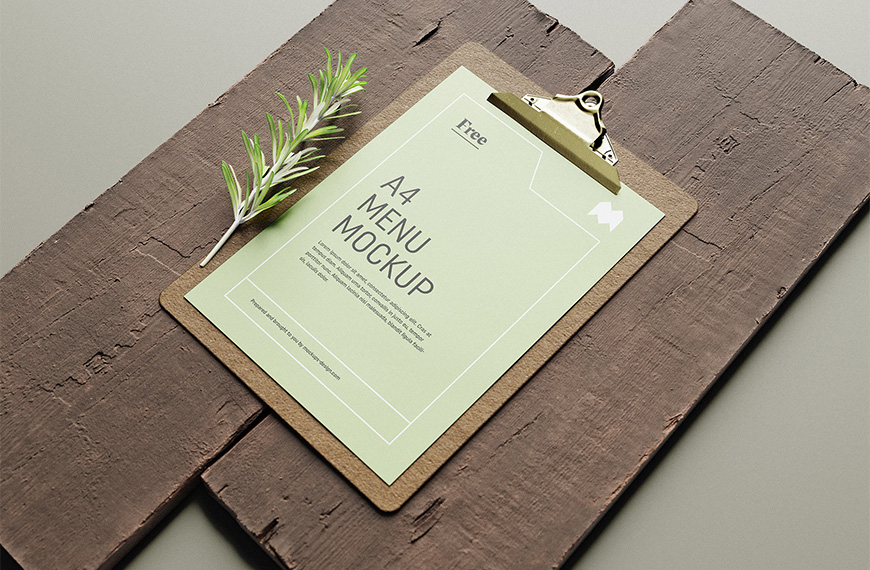
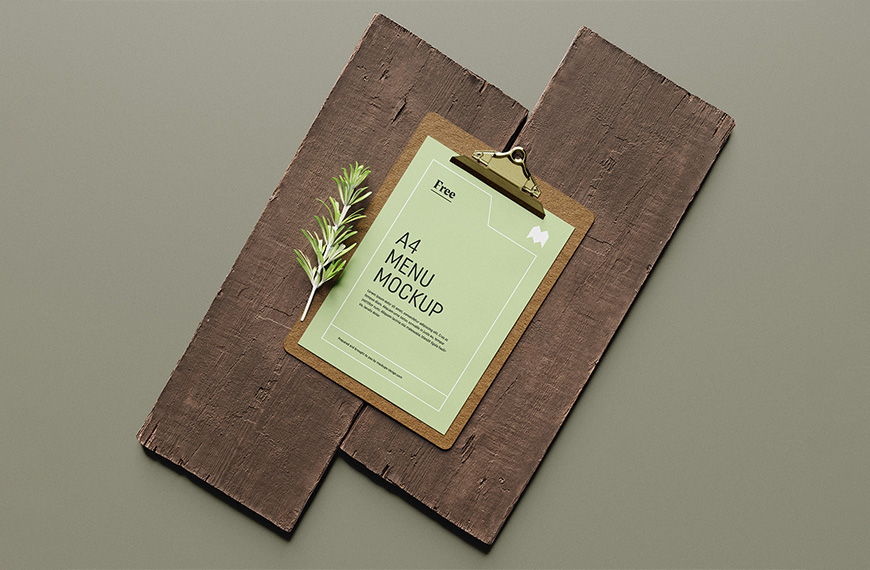
What are Stationery Mockups?
Stationery mockups are digital templates that simulate the appearance of printed or physical products, such as menu, clipboard, business cards, letterheads, notebooks, and other stationery items. These mockups serve as a canvas for designers to display their work in a realistic context, providing clients and stakeholders with a tangible preview of the final product.
The Essence of Realistic Visualizations
In the competitive field of graphic design, presenting a design concept goes beyond showcasing the aesthetic aspects. Clients and collaborators often seek a comprehensive understanding of how the design will appear in the real world. Stationery mockups address this need by offering a platform for designers to present their creations in a context that closely mirrors reality.
Key Features of Stationery Mockups
Versatility: Stationery mockups cater to a wide array of design projects. Whether it’s branding collateral, marketing materials, or corporate stationery, these mockups can be tailored to suit various needs.
Easy Customization: Designers can effortlessly insert their creations into mockup templates, adjusting elements such as color, typography, and layout to align with the overall design concept.
Realistic Textures and Lighting: High-quality stationery mockups incorporate realistic textures and lighting effects, enhancing the authenticity of the visual representation. This attention to detail ensures that the final presentation closely resembles the actual printed or physical product.
Multiple Perspectives: To provide a comprehensive view of the design, stationery mockups often include multiple perspectives and angles. This allows designers to showcase their work from various viewpoints, offering a more holistic understanding to clients.
Advantages for Graphic Designers
Client Approval: Realistic visualizations enable clients to make informed decisions about the design. Seeing the design in a real-world context fosters confidence and aids in the decision-making process.
Portfolio Enhancement: Including stationery mockups in a designer’s portfolio adds a professional touch. It demonstrates a commitment to delivering not just aesthetically pleasing designs but also considering how they will be experienced in the physical realm.
Time and Cost Efficiency: Utilizing stationery mockups reduces the need for physical prototypes, saving both time and resources. Designers can iterate more quickly, making adjustments based on client feedback without the need for extensive printing and production processes.
Conclusion
Stationery mockups play a pivotal role in the toolkit of graphic designers, elevating the presentation of their work to new heights. The ability to create realistic visualizations enhances communication with clients, fosters collaboration, and ultimately contributes to the success of graphic design projects in an ever-evolving creative landscape.
| Author | Mockups Design |
| File Type | .psd |
| Layered | Yes |
| Smart-Object | Yes |
| License | Commercial Use |


